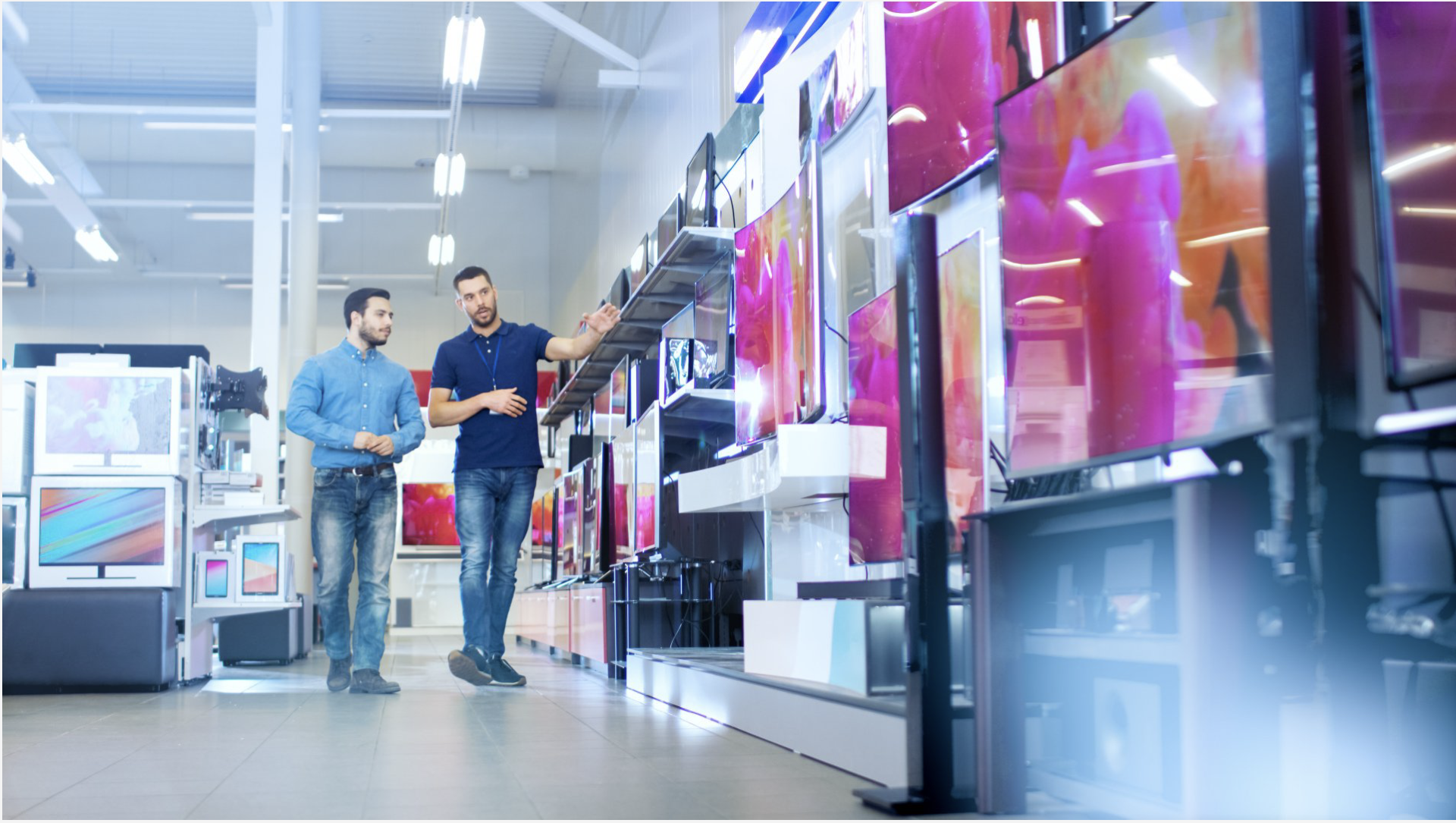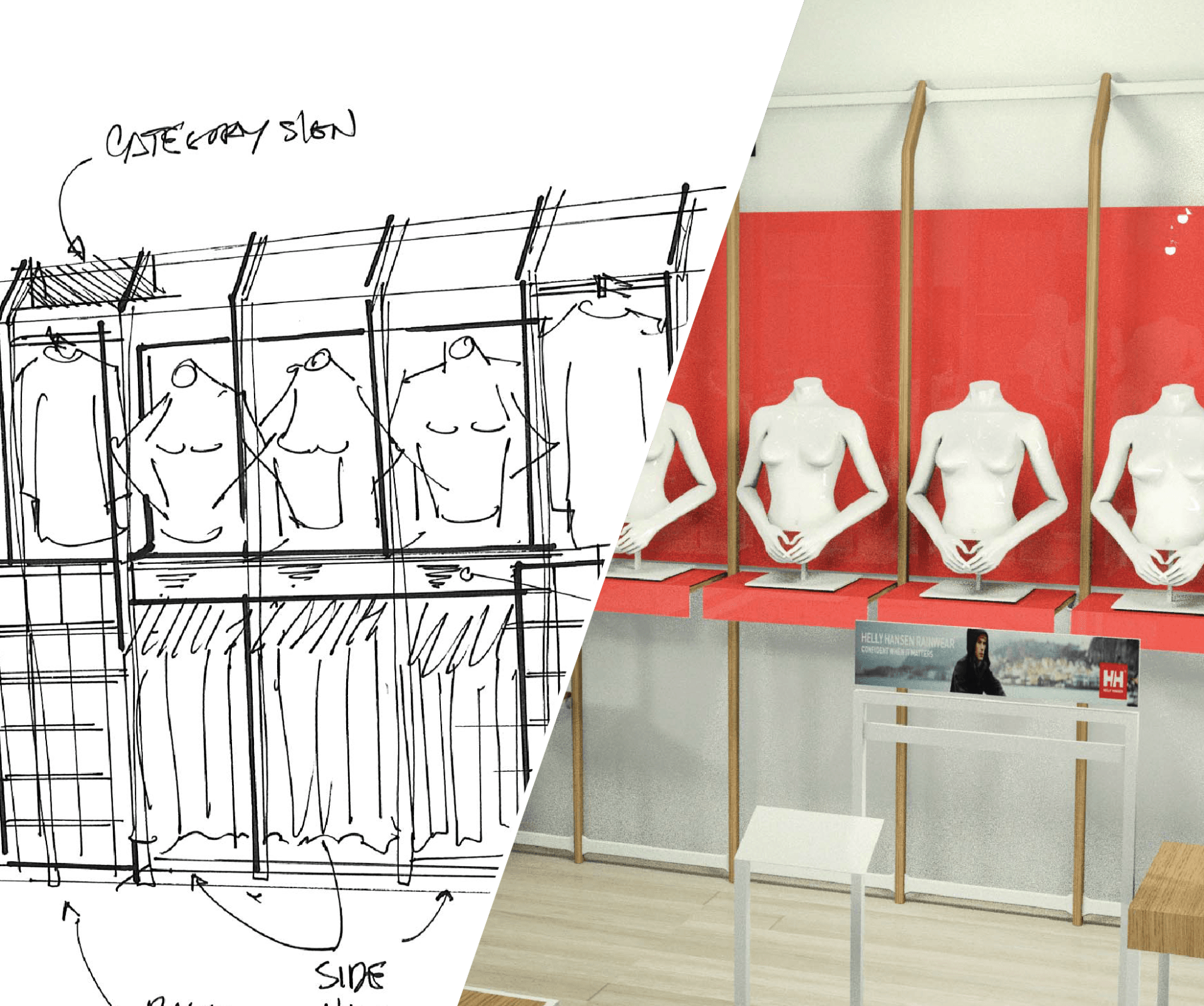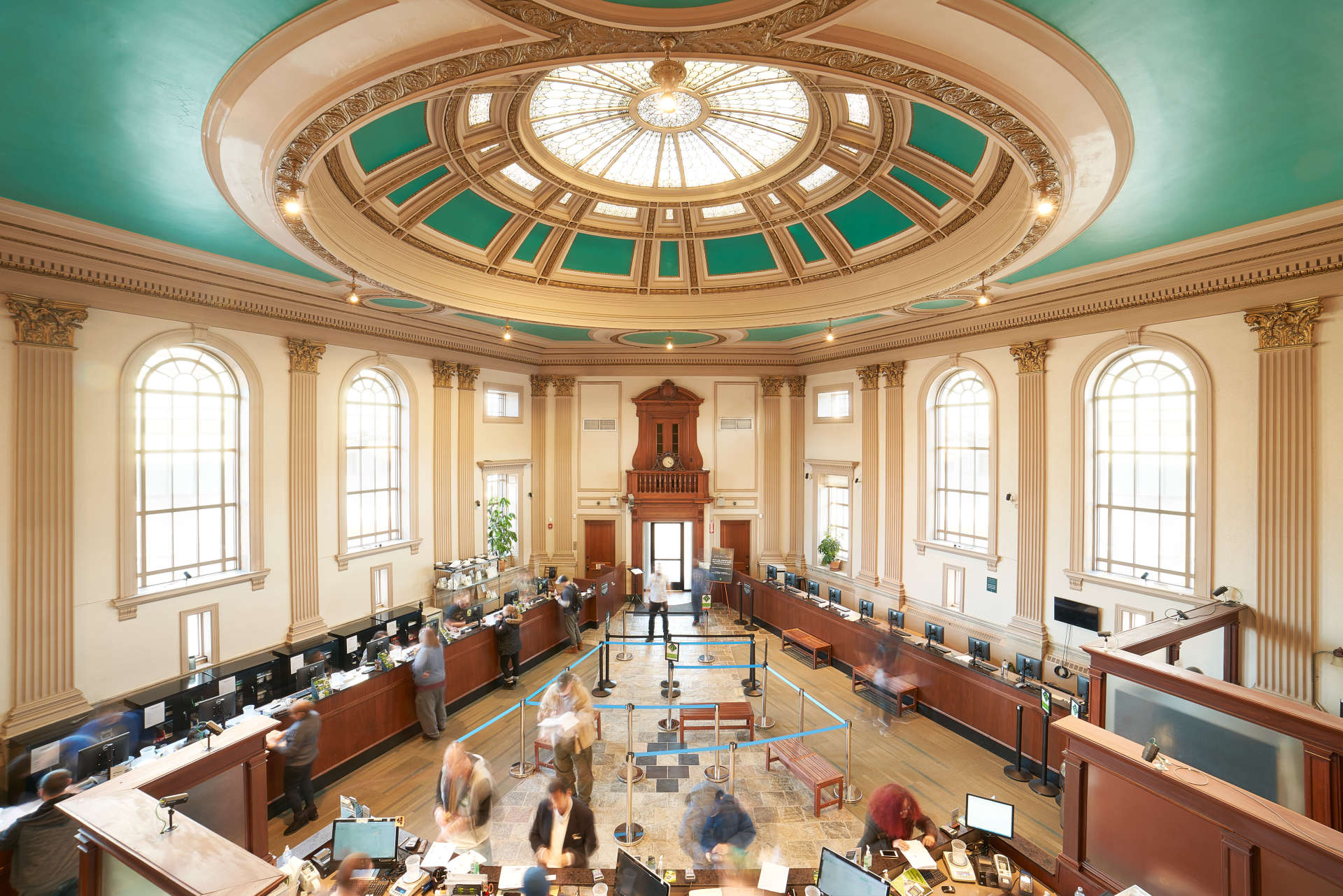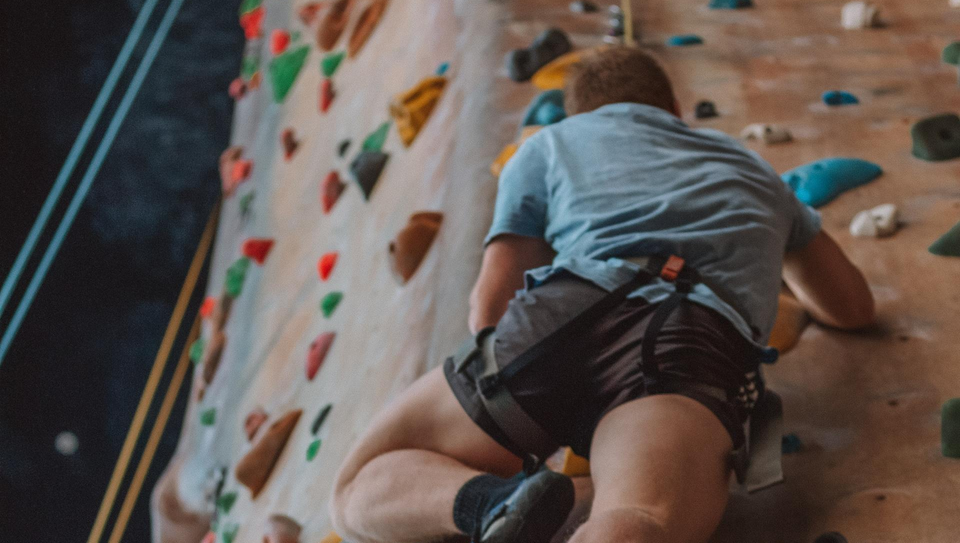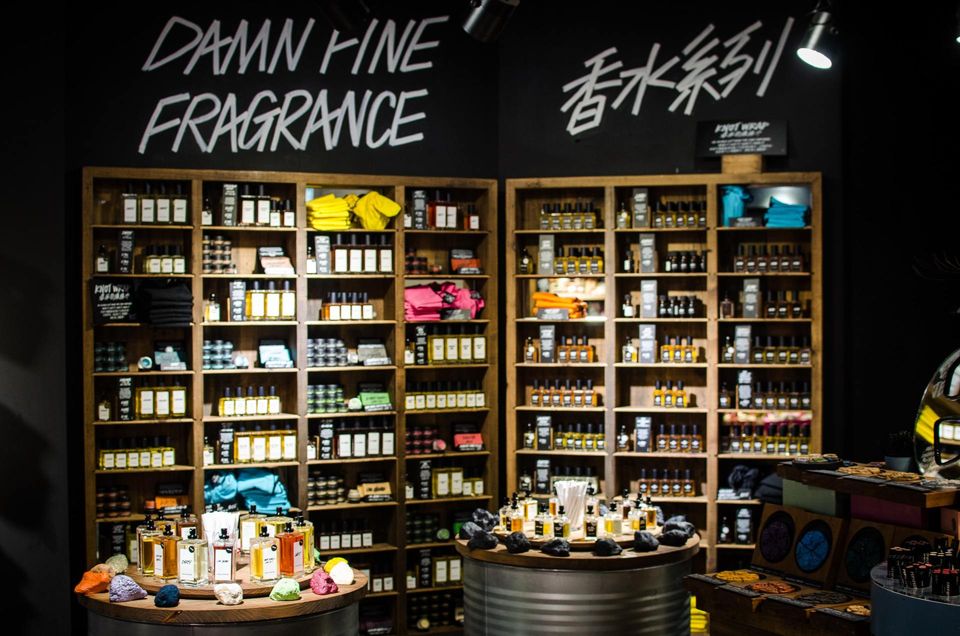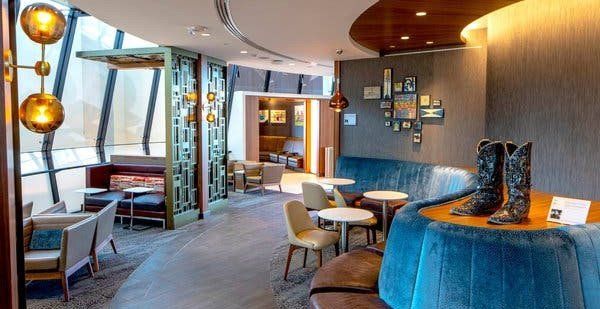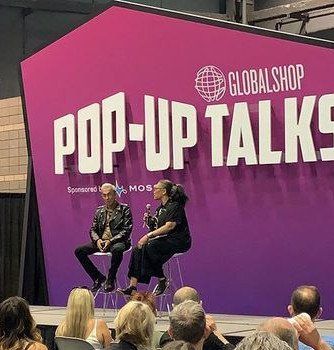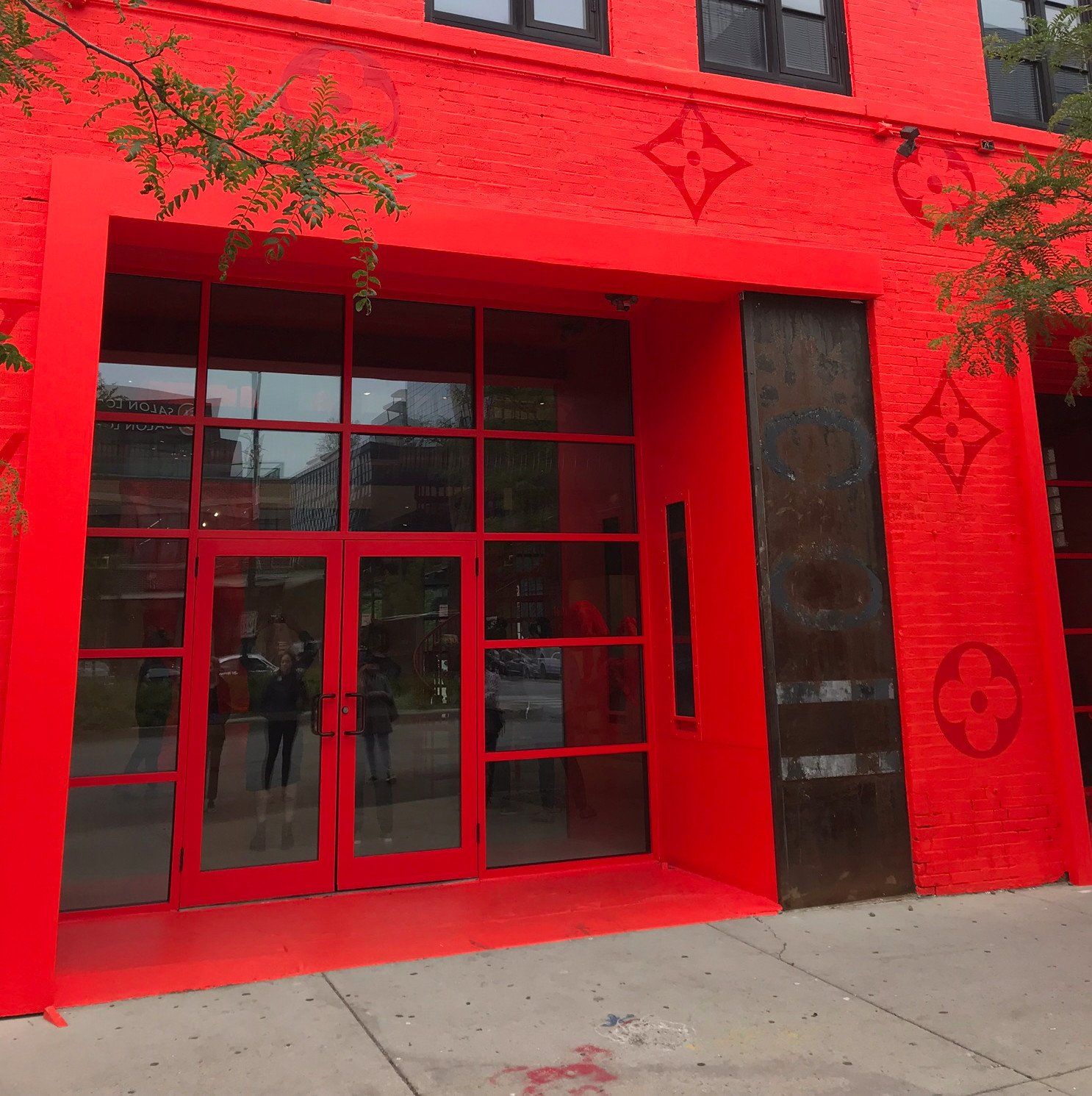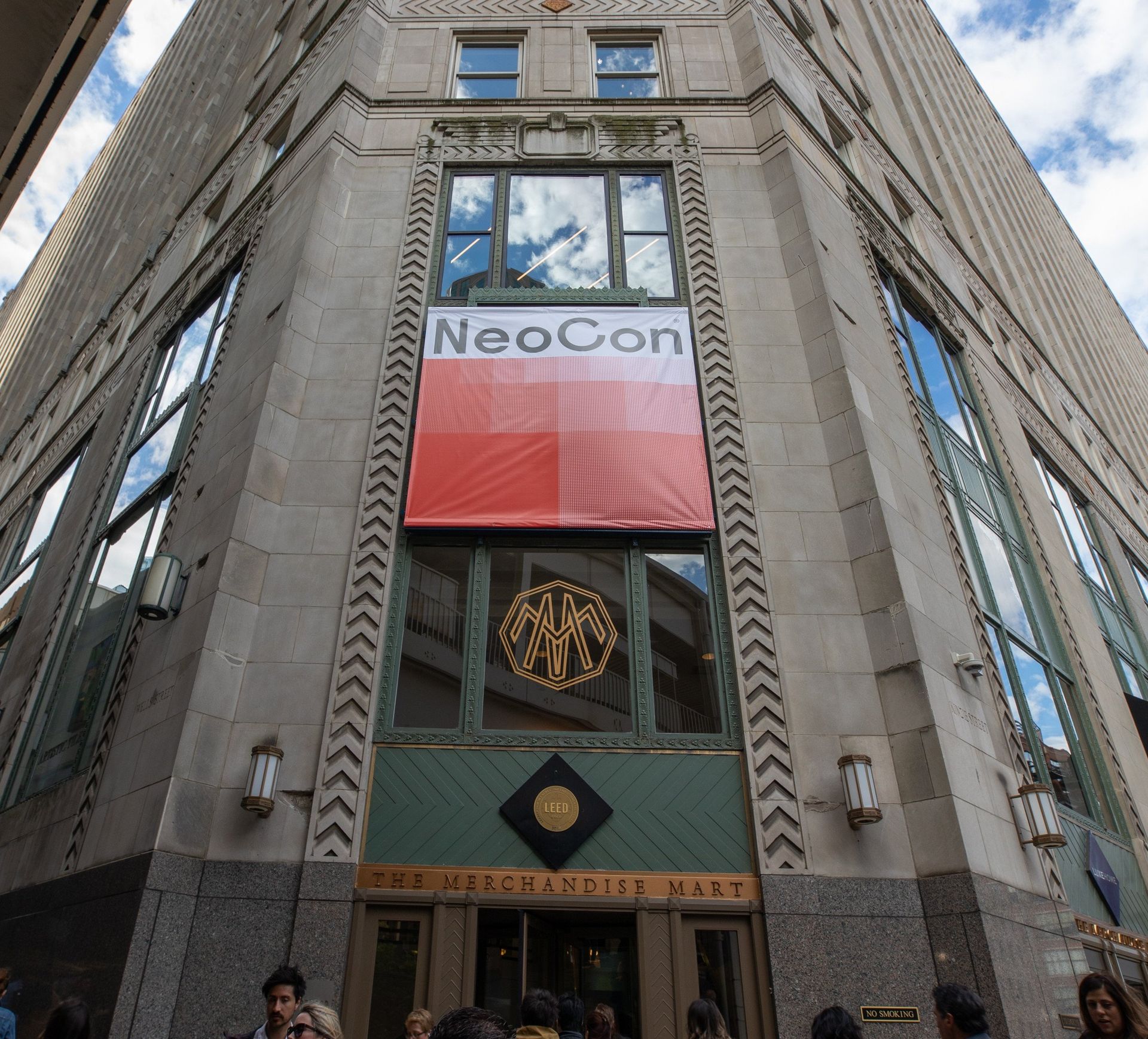Retail Spaces That Build Community
Branded experiences that foster a sense of belonging and loyalty
Although the digital world has become the prolific 'place' of community, there is a growing shift back to face-to-face interaction. Industry experts now cite community building and personalization as key ingredients for physical retailers to remain competitive in an increasingly virtual marketplace ( Retail's Seismic Shift, 2019 ). In particular, retailers are finding success by delivering these in-store community experiences to consumers who want to feel a part of something larger and desire a sense of belonging.
As you probably know, brick and mortar environments must adapt to go beyond just providing an opportunity to purchase a desired product ( Latest retail results show department stores need more than touch-ups. They need reinvention , 2019 ). And while both online and in-store transactions are part of the overall experience, it's the retail space that currently requires new ideas and layouts. These new layouts must make the physical shopping experience either distinct or preferential in comparison to the easy and quick online checkout. Smart retail brands are placing a strong emphasis on creating a place where their customers love to “hang out” and in doing so are increasing sales both in the store and on their own ecommerce sites, many times while customers are still in the store.
What does a retail community look like?
Retailers that want to create a sense of community are implementing environments that support immersive community interactions . It’s not merely about the product, but about using unique fixtures and storytelling pieces to contextualize products in a relatable life-style.
Many of us recognize Lululemon as a stand out brand thatfully embrace the concept of a retail community in their spaces. Their goal: Give consumers the tools and opportunities to become their best selves . This mission inspired a loyal following. Lululemon achieved their community goals through a number of tactics. The company offers free events, like yoga classes and wellness classes in-store. They cultivated content that supported their customer’s goals and integrated that content into their retail and online experiences. They partnered with local influencers, and modeled how their product fits into a lifestyle. They implemented fixture programs that include areas for customers to mingle while sitting at the folding table bar in the fitting room area, and receive personalized, by name assistance using whiteboards on fitting room doors.
Community Retail Brand Building
Really as a brand manager or someone charged with the development of your retail design strategy, you're going to be able to fill in these blanks better than any outside source (other than your customers themselves). There are however, a few central themes we can see in community building around brand experiences. Each takes different approaches that work together to foster emotional connections with consumers.
- Giving the product a purpose:
Consumers can better learn why
a product exists, what its function is, and how that function fits in their lives. Think about in-store experiences, installations, technology, lighting, pathways, and artwork that can inspire this sense of purpose during a customer visit.
- Drawing on local communities:
Who in the local community is using your product, and how? Finding the leaders and inspiring them to become part of your movement provides you with a human element that ties your retail space into the subgroups these people lead within the community.
Drawing potential brand ambassadors into events, and letting them help strengthen your network provides an organic element to driving retail foot traffic. This is not just influencer marketing, but full ambassador programs with local in-store interaction. For example, lululemon features photos of local fitness coaches (ambassadors) in their retail stores and gives those ambassadors 25% off retail purchases. The result? Walking, talking local advertisements that push people into the retail stores where they can continue their community experience (by seeing their coach featured in the store, etc). These local fitness leaders also provide yoga classes and running clinics or other community events that relate to the product in store. Community events drive traffic, re-enforce brand loyalty and of course drive sales. - Inspiring a narrative:
We all have the need to express ourselves, and we trust the word of others like us over the word of the company. Finding ways to inspire these narratives and capture them during store visits are a crucial opportunity. How and where will your community interact, and how will you capture and promote those interactions?
- Starting a movement: The need for purpose is growing in the face of endless noise and information. In 2016, a Korn Ferry study showed that, “ companies with teams focused on their organization’s purpose had annual growth rates nearly three times the annual rate for their entire industry. ” This trend continues to grow, with a large number of consumers wanting their retail experience to have purpose and value. In other words, a side of doing good along with their purchase.
Supporting the brand community: What your retail environment requires
While you are assessing what your brand is trying to promote you will want to think about how to pull together a community through your retail environment using your product/purpose/movement. We have pulled together a few examples in this article to get the creative processing flowing. Take a peek at how these global brands implemented community building and then ask yourself questions that help your team design a unique community-oriented retail environment for your next brand experience build out.
REI
Since its humble beginnings, REI has inspired its consumers to get outside, and has provided the tools to get there. However, in recent years, they have upped their game. With campaigns like #OptOutside and a prolific number of events and experiences ,the company has created a devoted and thriving community. Step into any of their locations and you will find the support and suggestion you need to take on the outdoors, at whatever level adventurer you are. REI pushes the hands on experiences with in-store rock climbing structures, boulders in their shoe area for trying out hiking boots, and weights to test fit hiking packs all guided by knowledgeable, friendly staff.They have also been thoughtful about the setup. Promoting the outdoors means leaving the tech and digital props that many retailers now use behind. Instead, you’ll find a raw, rugged environment filled with avid outdoors people. Even REI’s frequent local garage sales support the relaxed, happy atmosphere and a community that wants to get back to the basics, and nature.
Brooks Running
Local ambassador athletes, community runs, personalized footwear; Brooks Running is a growing success story. Brooks Running may not have the same notoriety as Nike, but they’ve developed an intensely loyal following. Through outreach at races
, a movement to “Run Happy,” and iconic special edition shoes
, runners are finding their way back to this brand that’s been around for over 100 years.
Lush
Body care enthusiasts welcome the chance to try out products in-store with the help of cheerful employees. They also love being part of a movement toward zero waste. With eye-catching “naked” campaigns and digital technology offered as a replacement to the information usually found on packaging, Lush is walking its talk, and building a strong community. They also draw people with things like their largest retail space that promotes experience. It houses a perfume library, hair lab, and more unique experiences.
Brand Strategy for Your Retail Design
What is your purpose? What will support that purpose in a retail environment? How will it build community? What campaigns, events, fixtures, spaces, and tools will support building your brand community?
Each strategy will be unique and require a well-thought-out plan. The payoff is succeeding in a retail industry where consumers desire an immersive experience that builds a strong, purpose-driven community.
Retail fixtures that foster in-store community building
Here is a shortlist of fixtures that, when mixed with the right design elements can support in-store community building that will attract customers and help them interact with your products while in the store.
- Open spaces that allow for usage / trial / testing of products and other community events for groups of at least 10 people
- Bars and bar stools that promote 'hang out' time while in the store
- Interactive kiosks that engage customers with each other and the product.
- Shelving and racks that promote conversation between customers
- Your ideas... tell us how your brand created an in-store community experience below!
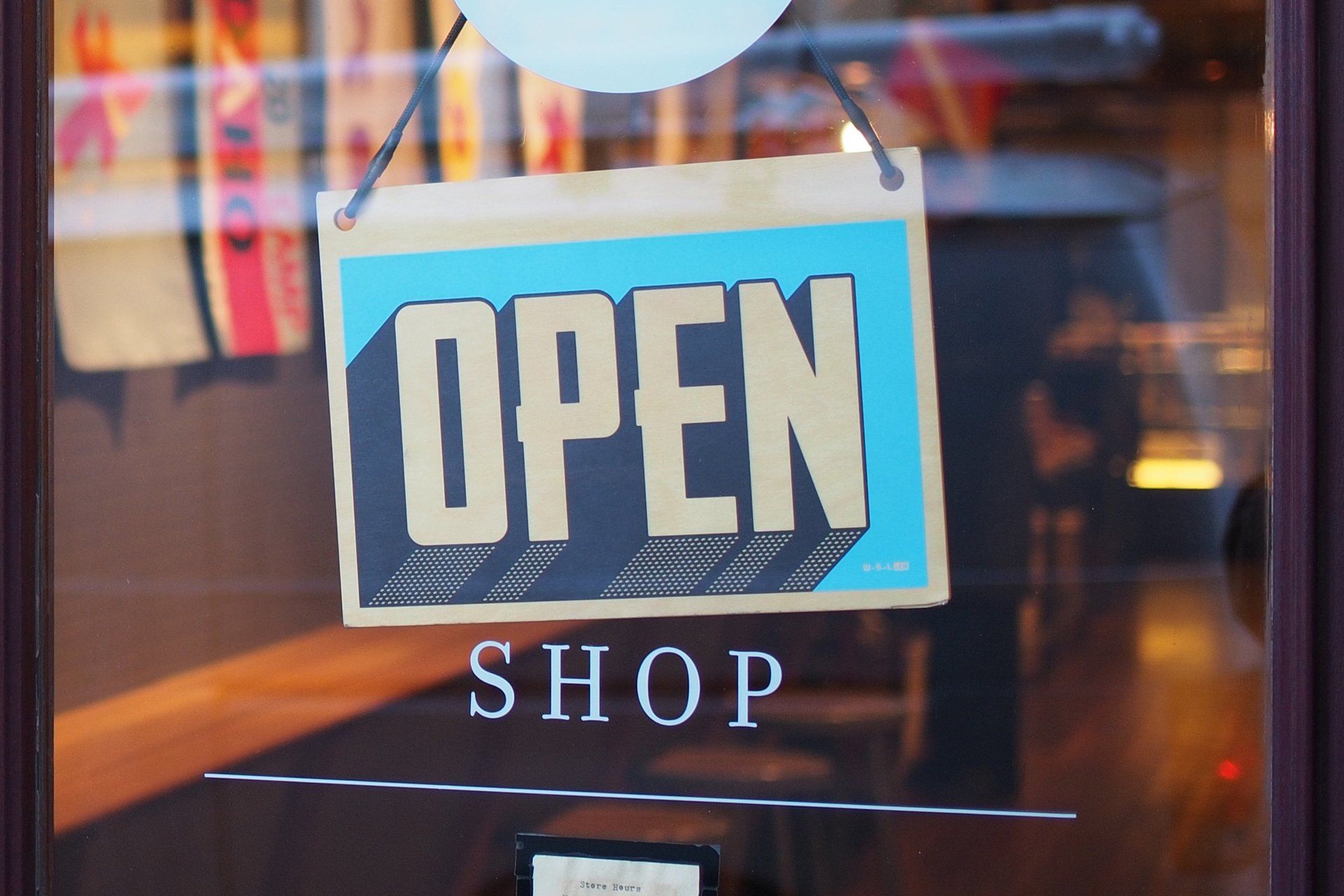
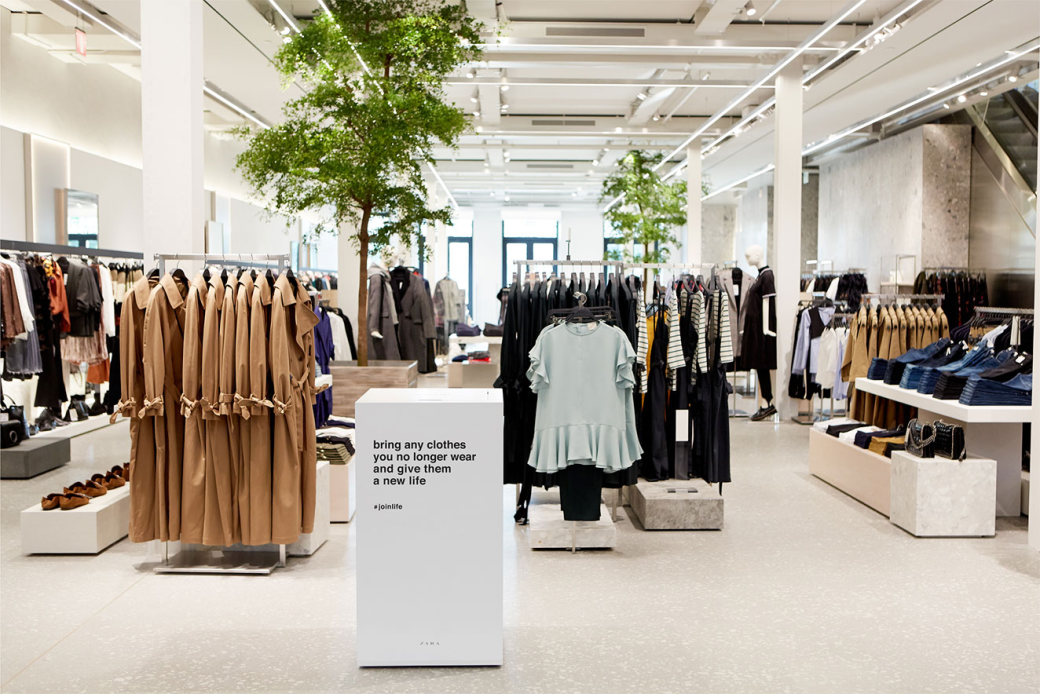
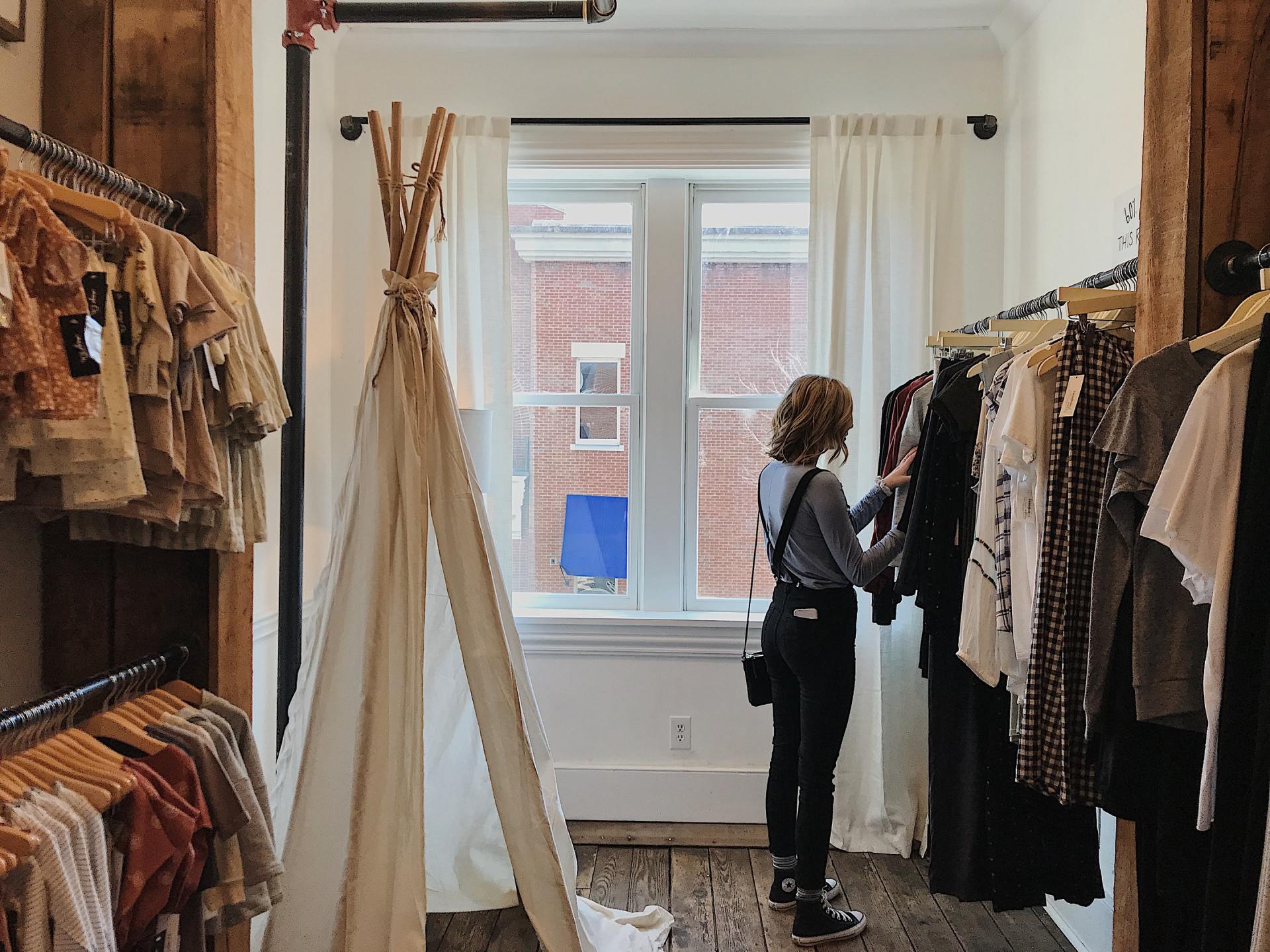
The Case For Convenience. How These Retailers Built Convenience Directly Into Their Brand Experience
